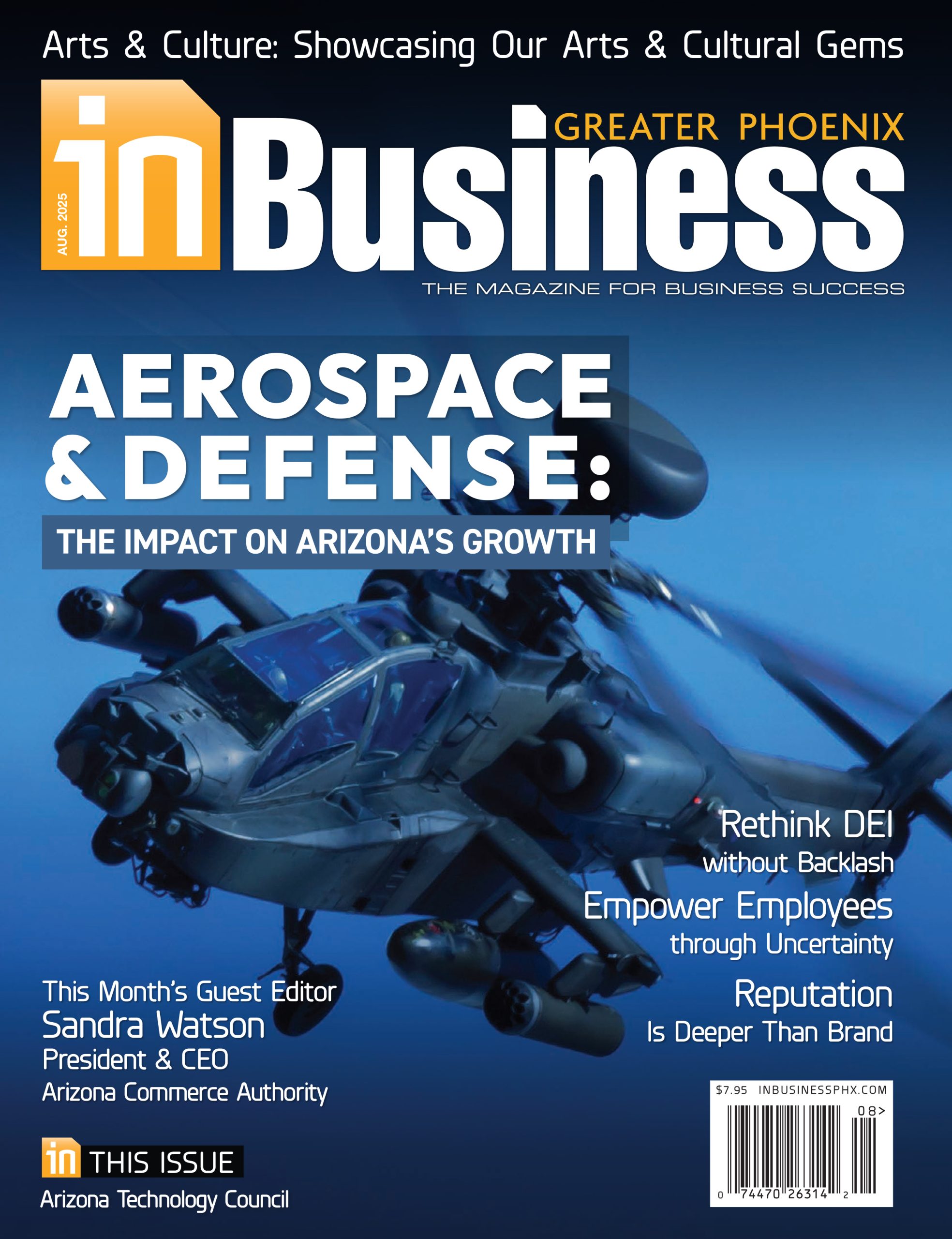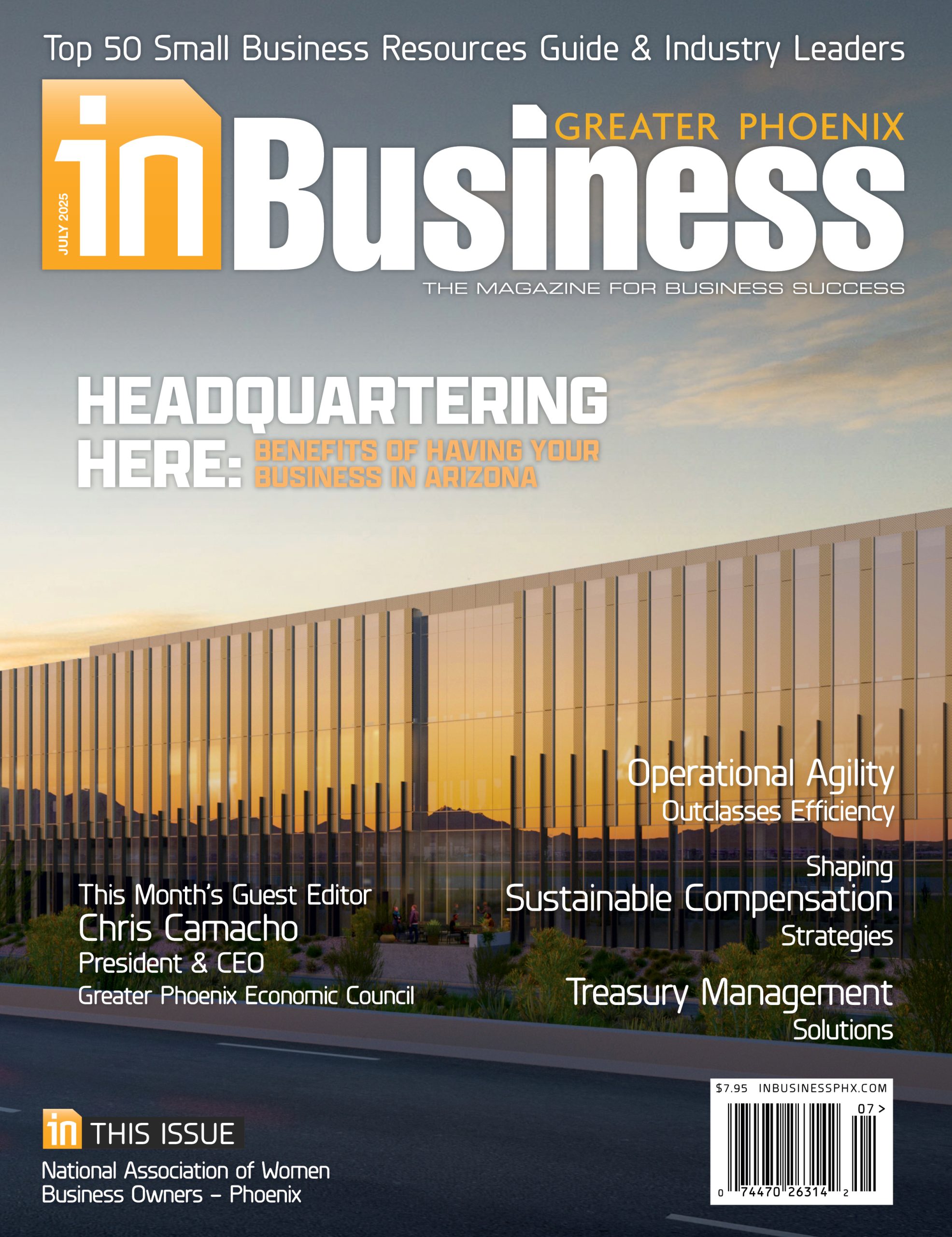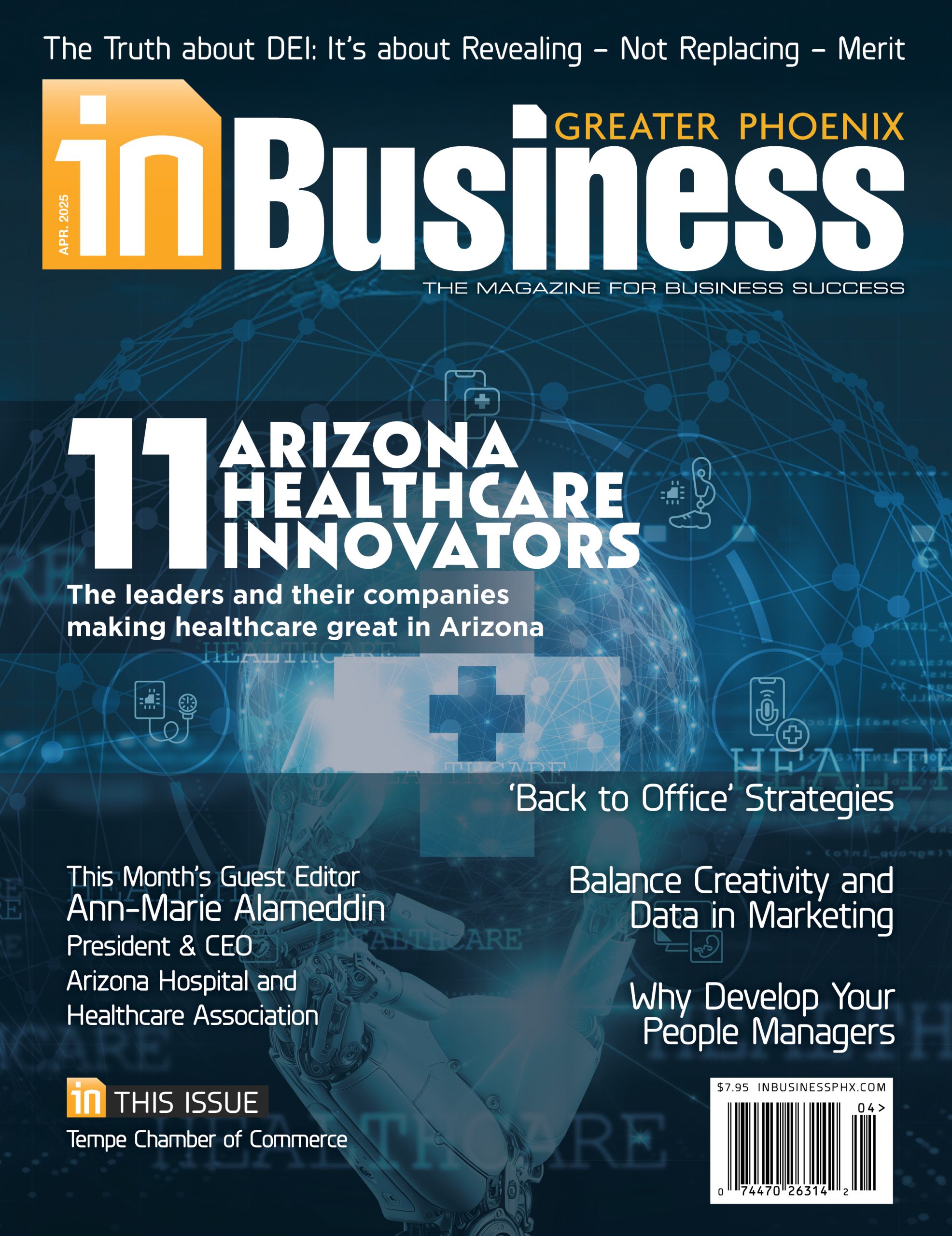 After years of pressure on compensation programs due to a highly competitive labor market, changing employee priorities and rising inflation and cost of living, most employers are experiencing relief. Employers are now shifting the focus to build strong and actionable foundational compensation programs as we navigate new economic uncertainty.
After years of pressure on compensation programs due to a highly competitive labor market, changing employee priorities and rising inflation and cost of living, most employers are experiencing relief. Employers are now shifting the focus to build strong and actionable foundational compensation programs as we navigate new economic uncertainty.
When discussing the 2025 SHRM State of the Workplace report, President and CEO of SHRM Johnny C. Taylor Jr. shares that HR leaders are shifting their focus to long-term workforce development and engagement strategies. We are seeing the same theme emerge in Phoenix. There are several ways employers can ensure the investment they make in their employees has a lasting return.
Refresh or Rebuild Grades and Ranges
There are several factors for an organization to consider when building a compensation structure. Perhaps one of the most important steps in doing so is to revisit grades and ranges as the organization stabilizes after consecutive years of an employee-driven talent market. Taking time to ensure the right number of grades are available to support career progression, the appropriate minimums and maximums leverage the full range of pay for various levels within the organization, and intentional grade progression is incorporated to support growth within a role as well as through promotions will set an organization up for success.
Evaluate the Annual Salary Increase Process
If an organization provides annual or periodic salary increases, its leaders should consider how to determine the budget and how to distribute it among employees. Inflation and salary increase budget amounts are separate and distinct numbers that reflect buying power and the cost of labor, respectively. In some years, salary increase budgets outpace inflation; in other years, they lag inflation. As organizations prepare budgets for next year, it’s important their leaders take time to understand the dynamics that most affect their workforce and be thoughtful about what outside factors should be considered when setting the budget for compensation and other rewards programs.
Benchmark Rewards Programs
Employees are often concerned about their ability to afford benefits and ensure retirement readiness as they fulfill their contributions at work. It can also lead them to wonder if the grass is greener somewhere else. As competitors for talent get creative in how they showcase their organization, employers should take time to understand where their rewards programs shine. It might be time to launch an internal campaign to effectively communicate the value of the organization’s current programs and highlight the most compelling benefits it offers as an employer.
Leveraging compensation and rewards best practices, data and communication strategies highlights the investments an organization already makes in its employees. It also contributes to sustainable compensation and rewards strategies that positively impact the attraction, retention and engagement of talent. Finally, it bolsters the long-term financial landscape of the organization. Conflict between new hires and tenured employees, individuals and supervisors, and other equity and outlier situations that are embedded into an organization’s pay program today will not self-correct. They compound overtime and can distract from effective decision-making in the future. Taking time to ensure their organization has a strong foundation to build on will serve leaders well today and in the uncertain future.
 Julie Bingham is vice president of total rewards consulting at The MJ Companies. With more than 20 years of experience, Bingham is responsible for building and leading the compensation and total rewards consulting practice at MJ.
Julie Bingham is vice president of total rewards consulting at The MJ Companies. With more than 20 years of experience, Bingham is responsible for building and leading the compensation and total rewards consulting practice at MJ.












